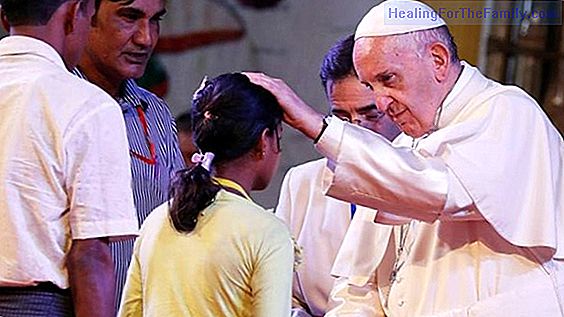English for babies: songs, videos, stories and toys
Bilingual education is a complicated task that lasts for many years. To motivate babies and children we must rely on additional material that can help us learn English for babies: songs, videos, stories and toys. However, we must take into account something very important: it is useless to put the b
Bilingual education is a complicated task that lasts for many years. To motivate babies and children we must rely on additional material that can help us learn English for babies: songs, videos, stories and toys. However, we must take into account something very important: it is useless to put the baby songs or videos in English all day, if we do not stimulate the baby while listening or watching the material.
How to use the material to teach English to babies?

A baby learns the language by a method of relationship, associating the words he is hearing with what he is seeing at that moment. Precisely, that is where the importance of gesticulation and interpretation resides when a baby is told or told a story. The more movements and gestures we make, the easier it will be for the baby to relate the meanings of the sounds he is hearing. In addition, we will be motivating the baby's attention, thus facilitating their learning.
Another interesting fact when choosing the baby material for bilingual education is that we should not saturate the baby with a large number of songs or videos, because not because you listen to many songs you will learn more. In fact, the best thing is to have a small selection, which will surely make the baby himself according to his tastes with his reactions to listening to one song or another.
Having a limited material has its reason. The brain of the baby does not work in the same way as that of an adult, in particular the reward systems of the brain of a child of up to 3 years are activated when the child recognizes something that has already seen or feels familiar. For this reason, repetition is so important for the baby, since by giving him pleasure he increases his attention in the exercise, getting better results.
Saturating the baby with a lot of material is counterproductive. It gives better results to select a series of songs and videos, and work with them for a long time, without forgetting that they are a mere complement to bilingual education.
Material to work English with children and babies
Children's songs in English. They are indicated since the baby is born, although we should not think that just by listening to the songs 15 hours a day the baby will learn alone. The baby, unable to relate the sounds he hears with the image (a picture of a car when they say "car"), will never be able to decipher the meanings, so his brain will not pay attention to it when he is talking person.
For this reason, it is very important to stage the songs and highlight the key words for the stage you are in. The songs that are used to carry out activities are ideal for learning a second language since they relate the activities and all the words of this activity.
Videos in English.They are a very important part in learning a language, starting at the age of one. At this stage, the child's care is very low and you have to call a lot of attention to be heard more than 2 minutes in a row.
We must use very flashy videos of short duration and always of songs. We can stage the song ourselves as well as the video, highlighting the key words we have to work on at this specific stage.
Stories in English.It can be a very motivating resource for the baby. At first, it will be more work to pay attention, but if we make them participate in the story, you will get all your attention. The stories must be very short, it is better to count 3 followed than one that lasts 30 minutes.
Toys.We can find a great variety of toys differentiated by ages that have the possibility of putting the voices in English. They are very helpful, since they usually attract a lot of attention from the baby or the child, and it is becoming easier to find them.












